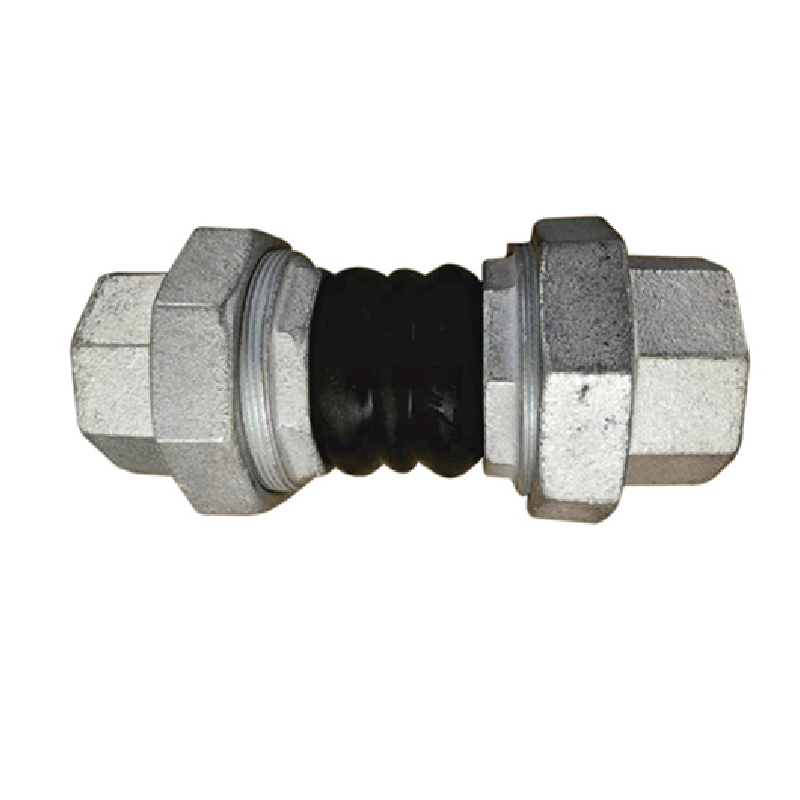Nov . 17, 2024 15:13 Back to list
industrial check valve
Understanding Industrial Check Valves An Essential Component in Fluid Control Systems
Introduction
In the realm of fluid control systems, check valves play a critical role in maintaining efficiency and safety. Among the various types of check valves available, industrial check valves are specifically designed for use in heavy-duty applications. This article delves into the function, types, applications, and benefits of industrial check valves, offering a comprehensive overview for industry professionals and enthusiasts alike.
What is a Check Valve?
A check valve, also known as a non-return valve or one-way valve, is a plumbing device that allows fluid to flow in only one direction, preventing backflow. This functionality is essential in many systems where contamination or pressure loss can lead to significant operational issues.
Function of Industrial Check Valves
Industrial check valves serve a vital role in maintaining the integrity of fluid systems. By preventing reverse flow, they help protect pumps, compressors, and other equipment from being damaged by backpressure or flow reversal. Additionally, they minimize the risk of leaks and potential hazards associated with fluid spillage.
Types of Industrial Check Valves
Various types of industrial check valves are utilized across different sectors, each designed to meet specific operational needs
1. Swing Check Valves These valves use a disc that swings on a hinge, allowing fluid to flow freely in one direction and closing by the weight of the disc when backflow occurs.
2. Lift Check Valves Similar to swing check valves, lift check valves use a disc or piston that moves vertically within the valve body. They are ideal for applications with high flow velocities.
3. Ball Check Valves These valves feature a ball that sits in a seat, sealing off the flow when backpressure occurs. They are commonly used in applications requiring minimal pressure drop.
4. Diaphragm Check Valves Utilizing a flexible diaphragm to control flow, these valves work well in sanitary applications and are often found in food and pharmaceutical industries.
Applications of Industrial Check Valves
industrial check valve

Industrial check valves are versatile components that find applications across various industries, including
- Water and Wastewater Treatment Preventing backflow in sewage systems and protecting pumps in water treatment plants. - Oil and Gas Safeguarding pipelines and equipment from backpressure that could lead to leaks or explosions.
- Chemical Processing Ensuring that hazardous materials do not flow backward into storage tanks or reactors.
- HVAC Systems Maintaining the flow direction in heating and cooling systems, ensuring efficiency and safety.
Benefits of Using Industrial Check Valves
The adoption of industrial check valves offers numerous advantages
1. Prevention of Backflow One of the primary benefits is the prevention of backflow, which can lead to contamination and system inefficiencies.
2. Protection of Equipment By preventing reverse flow, these valves help to protect critical equipment, prolonging its lifespan and reducing maintenance costs.
3. Improved System Reliability The installation of check valves enhances the reliability of fluid systems, ensuring consistent operation and reducing the risk of downtime.
4. Ease of Maintenance Most industrial check valves require minimal maintenance, allowing for continuous operation without extensive service interruptions.
5. Versatility With various designs available, industrial check valves can be tailored for specific applications, accommodating diverse operational needs.
Conclusion
Industrial check valves are essential components of fluid control systems that play a pivotal role in preventing backflow, protecting equipment, and ensuring operational efficiency. By understanding their functions, types, applications, and benefits, industry professionals can make informed decisions about the best check valve solutions for their specific needs. As industries continue to evolve, the demand for reliable fluid control mechanisms, including industrial check valves, will undoubtedly remain critical in achieving safety and efficiency across various applications.
Share
-
priming-a-pump-with-a-foot-valve-with-strainerNewsAug.23,2025
-
the-importance-of-a-y-strainer-in-pump-protectionNewsAug.23,2025
-
stainless-steel-ball-check-valve-for-high-purity-applicationsNewsAug.23,2025
-
common-applications-for-wafer-type-butterfly-valvesNewsAug.23,2025
-
seat-options-for-a-12-inch-knife-gate-valveNewsAug.23,2025
-
the-lifespan-of-a-typical-dismantling-jointNewsAug.23,2025


